Well, this has been an adventure! As far as that goes, what isn’t? But in the present incarnation, adventuring has taking me on a tour of San Francisco Bay Area fencing history in preparation for a talk I’m going to give in a few weeks at Harold Hayes’ Pacific Fencing Club. Harold has a unique way of tossing mental puzzlers at me that always lead me to some new revelation about the history of the sport. Some of his questions informed my pursuit of information about George Piller for my now-complete documentary film on that subject, and he’s queried me on other topics that sent me off on some internet search or a library digging spree. His most recent challenge was to ask me if I’d ever considered giving a talk about the history of fencing in the Bay Area. Now, I won’t lie; I’d considered it – but never imagined anyone would sit still for such a talk. It’s in keeping with my background, as I was a Speech/Performing Arts minor in college, worked as a radio DJ for a few years and have given talks and presentations at animation schools as part of my previous career in cartoons. I can blab. Endlessly. But I’ve never given a talk about fencing history. So now, between Harold and I, we’ve come up with a date, he’s polling the sands for attendees, and I’ve put my nose to the grindstone to concoct what will hopefully be an enlightening and entertaining (using a broad definition of the term) presentation.
In the five years of running the West Coast Fencing Archive, I’ve come across many stories, some true, some not, and have been fortunate to have a great deal of ephemera pass before me. Some of these tangible manifestations of history have come to rest in the physical collection that I have been entrusted with. Playing connect the dots with stray bits of information from disparate sources has become de rigueur for me and keeps my days interesting. Pulling all these scraps and tidbits together into a cohesive narrative for presentation has been a fun challenge. It has certainly led me down some rabbit holes that have yielded fascinating historical details that I had been unaware of or, in some cases, had overlooked. I found one sheet of notes put together by Arthur Lane in the 1950s for a history (unfinished) that he had been working on regarding Bay Area fencing. In a list of people who had coached at San Francisco’s Olympic Club was the name Louis Rondelle. When I first read this a year or so ago, I didn’t really absorb the implications of his name on this list. Now that I’m putting together this talk, it has a great deal more import for me. Louis Rondelle taught in SF! Who knew? Or remembered? But hey, I don’t want to give away too much. If you’re in the area and can spare an hour in your afternoon on April 14th, I’ll be unveiling the whole talk at Pacific Fencing. I’ll put up a reminder as we get closer.
So, anyway, back to the point of all this. One of the threads I needed to pull on was the history of Stanford fencing. After all, they’ve been a part of the Bay Area fencing community for over 100 years without a break, so a little digging into the sport’s background at The Farm was a necessity.
Stanford has offered fencing as part of its sports curriculum since the doors of that venerable institution opened to students in 1891. I’ve been tracking down some visual evidence of old Stanford classes and have come across some entertaining and enlightening photos. One of the remarkable things about Stanford is how long the tenure of their coaches have been. They pretty much find people they like and stick with them. The first coach on record is Harry Maloney, starting in 1908. He taught several other sports in addition to fencing – tennis, rugby, soccer, among others – and was the administrator of all the minor sports. But by all accounts, he was a pretty decent hand at bringing people along in fencing. He seems to have turned down an invitation to coach at one Olympic Games to instead travel to Australia with the Cardinal tennis team, so he was both known and sought after in his time. He also was responsible for getting women’s fencing to be named an official intercollegiate sporting activity by co-sponsoring an annual tournament against Cal that started around 1911.
The 1916 Stanford Women’s Team, with Coach Maloney in the middle back. This was clearly the ‘fancy dress’ gear for the fencers, and not their competition uniform.
UC Berkeley offered the only college rivalry for a long time, although Stanford would also challenge the local private fencing clubs, notably that of The Olympic Club in San Francisco. Above all, the Stanford fencers, how to say this, looked like fencers. There are lots of old fencing photos taken around the US in the early 1900’s where the participants in a fencing match looked like anything but fencers. Hands and feet askew, “lunges” you’d never see in a manual of instruction, seemingly home fashioned fencing outfits with flourishes you and I would never dream of showing up in, and of course the ubiquitous and – to me, at least – ridiculous heart on the chest.
I don’t know what the woman above is kitted out for, but I hope it’s not a fencing match. I can but hope the artist was taking liberties with the facts. Heels?
Not Stanford. While the ladies may have been kitted out in skirts, that was a commonality throughout the fencing world at the time, and continued even into the late 1920’s. But in terms of their fencing, the Stanford folks seem to have been well taught. Maloney was kept busy, continuing to manage all the minor sports for around 20 years, as near as I can determine. In addition to coaching both the men and women’s classes and teams, he also taught his replacement. Elwyn Bugge was a Stanford grad turned fencing coach who held the position for 36 years.
By 1935, the ladies had moved from skirts to shorts. Perfect for those frequently balmy Palo Alto winter days.
Elwyn Bugge graduated from Stanford around 1926. In 1927, he was the assistant fencing instructor to Maloney, then took over the task full time the following year. He taught fencing at Stanford until 1964. Thirty-six years accounts for an awful lot of Cardinal fencers. Now, here’s where it starts getting intriguing, and why I titled this article as I did. Jean Helliwell took over for Elwyn Bugge in 1964 and Stanford’s own page of Fencing History makes a point of saying she was the first woman to be a fencing coach at Stanford.
If so, then who’s this lady?
The above photo is from 1962, but it’s not the first mention I’ve found about the Mysterious Mrs. Margaret Barr. In fact, she shows up in Gym Staff photos as early as 1937. Look, here she is:
That’s her, officer! Third from the left! In the description that accompanies this photo, most of these women are named in reference to the sport that they coach. Ok, every other woman in this photo is so named. Not our Mrs. Barr. Fencing is mentioned, but not in relation to any of the women pictured. This happens again (of course it does) in 1940:
Barr, standing in the middle, once again is listed as a member of the Women’s Gym Staff, but with no specific mention of her as a fencing coach. Or women’s fencing coach. Or a coach at all. Was she even drawing a paycheck? Is she the Stanford staff equivalent of Leonard Zelig or Harry Flashman? The only thing I have to go on is the first of her pictures above where she’s either instructing a young woman in foil or showing her to the exit. I lean toward the first explanation, since the caption clearly states that she is in fact, instructing. That’s fairly definitive.
However. And here’s the head scratcher. Barr is on the books at Stanford from at least 1937 until at least 1962, but the estimable John McDougall, my go-to voice of authority in many a puzzler due to his long standing long-standing, fenced at Stanford in the mid-1950s, and he’d never heard of Mrs. Margaret Barr, fencing coach or other. Maybe she taught the intro classes for female students? Have I asked John if the intro fencing classes were split men/women? (Note to self: Ask John if the intro fencing classes were split men/women.)
Here’s some visual evidence of the cross-over:
There’s young Mr. McDougall, standing second from left next to Coach Bugge in 1956, listed as an All-Star, no less. Good on ya, John!
But I remain mystified by the presence of Mrs. Barr who, for at least 25 years, was a presence on campus and seems to have instructed fencers in the art, but has left no, as yet, solid evidence as to her level of contribution to the sport. I’ll keep looking. I love a mystery. A visit to the Stanford library may be in the offing.
Stanford has, fortunately, continued to contribute to the population of Bay Area fencers and does so even now. They’ve had coaches of note for many years and are now one of the few remaining West Coast universities offering scholarships for student/athletes. That’s a sad turn of events – not for Stanford or its fencers – but in regards to the rest of the colleges and universities in California that have done away with scholarships, varsity programs, or have dropped fencing altogether.
That’s a story for another day and a personally painful one, as I competed against Stanford when I represented San Jose State – a school that in 1985 dropped its scholarship enhanced, varsity level, NCAA-winning, Olympian producing fencing program. But no judgement. (Judgement.) So, although as a Spartan it may pain me to type this, as a fencer and historian I feel compelled to acknowledge today’s reality:
Go Stanford.

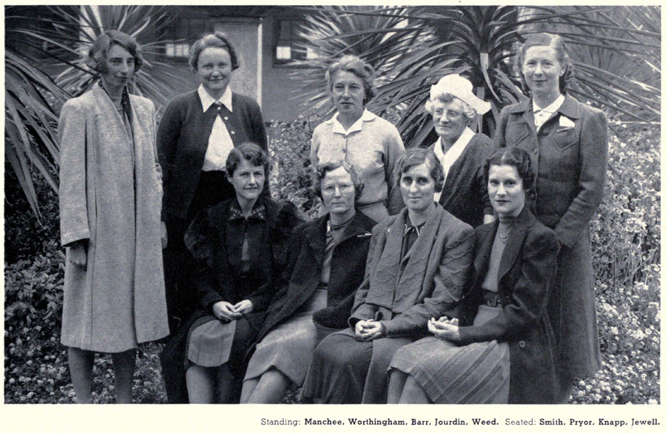
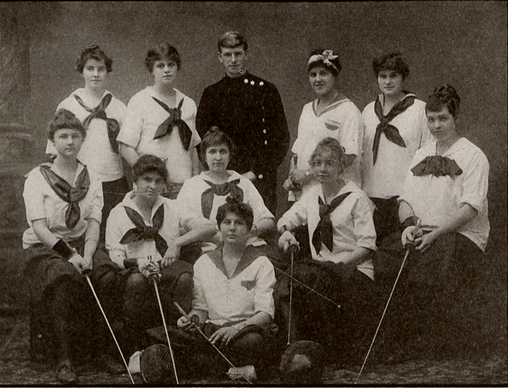
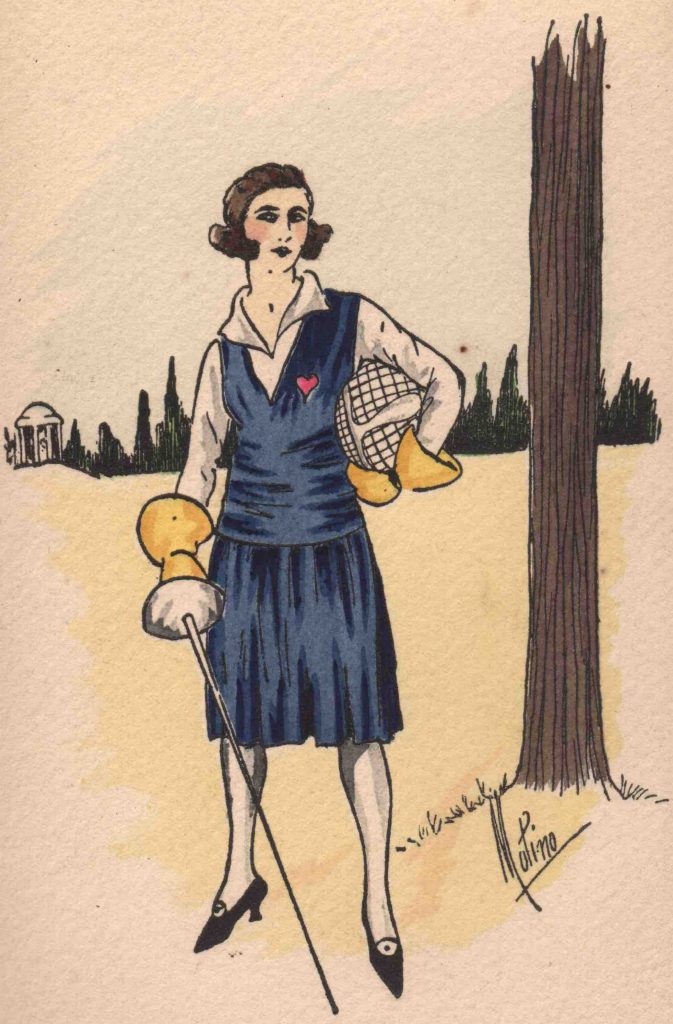
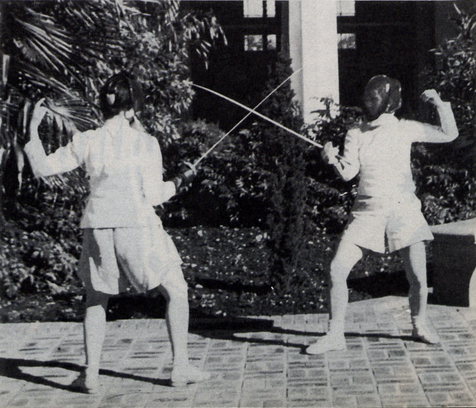
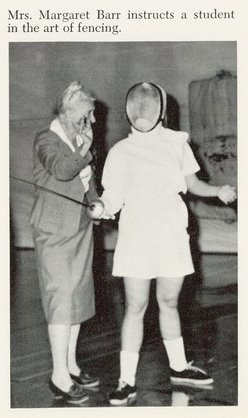

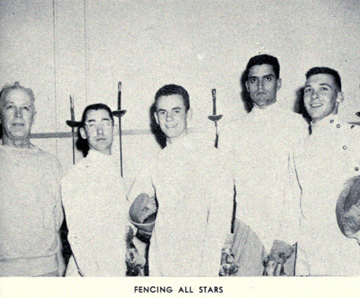
Please provide me with your contact email. Harry Maloney is my GGrandfather. Maybe we can share some information.
Hi Molly – have you received my emails? I keep finding more info about your GGrandfather!